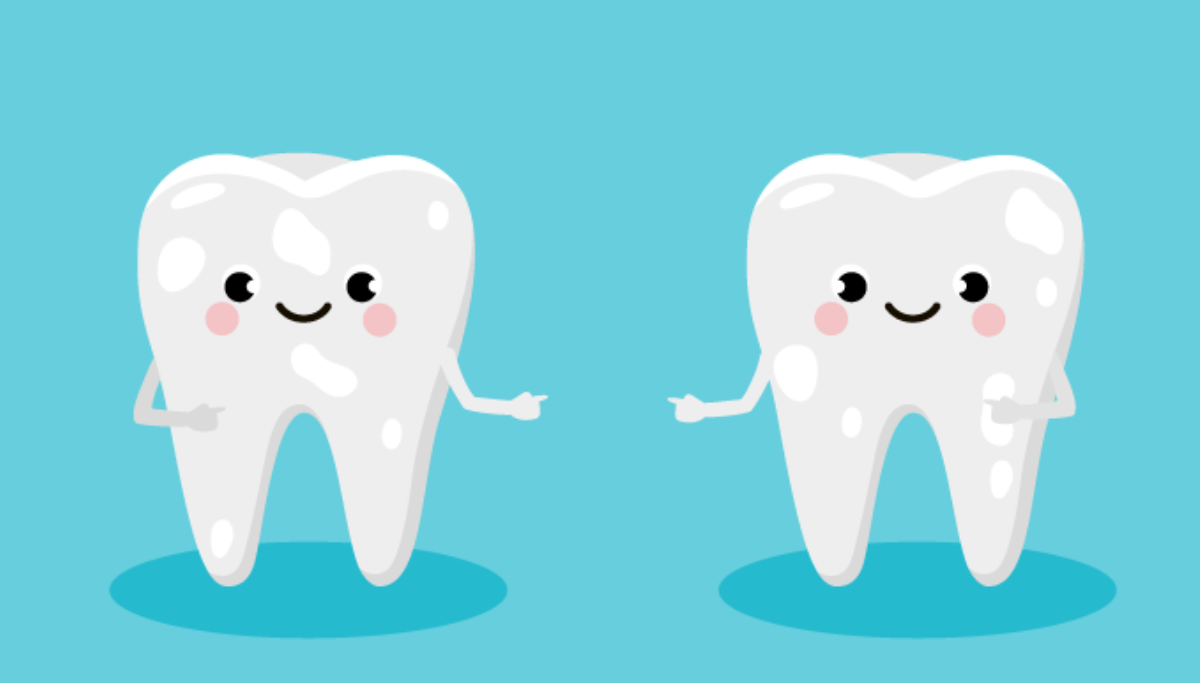Have you ever looked in the mirror and wondered what the white spots on your teeth are from? You’re not alone.
While many people want white teeth, this coloration is different than having the traditional “pearly whites.” It often shows up as spots, marks, or stripes, and there are a few reasons for their appearance. They may be the first sign of tooth decay.
Plaque — Excess plaque in the mouth can lead to many bad outcomes. That’s why brushing and flossing is important to our daily routine. People with poor oral hygiene and people with braces are more likely to have plaque buildup. This can lead to demineralization of the teeth, - where the plaque eats away the minerals that make up our teeth. Demineralization can be reversed with good oral hygiene habits and regular dentist visits.
Fluorosis — Fluorosis shows up as discolored lines across the middle or bottom of teeth. Usually kids get this from using too much toothpaste, resulting in excess fluoride on the teeth. The amount of toothpaste you need to effectively brush your teeth is less than you probably think. For toddlers, it’s the size of a grain of rice. For anyone else, it’s the size of a pea.
According to the American Dental Association, kids are susceptible to fluorosis until the age of around eight when they reach the end of their teeth’s development. The white marks can stay on your teeth for as long as you have them. The good news is, in most cases, these white marks on your teeth have no effect on teeth health, and they may even be more resistant against decay.
Enamel Hypoplasia — This means you have less enamel on your teeth than the typical person. It’s often due to nutritional deficiencies. People living with celiac disease often struggle to absorb nutrients through their digestive system. Enamel hypoplasia can start as white spots on teeth, pits, and fissures. These areas are extremely vulnerable to bacteria and decay. Treatment for enamel hypoplasia includes the use of sealants or fillings and crowns or extractions in some cases.
Dry mouth — Also known as xerostomia, dry mouth can impact oral health in a variety of ways, including demineralization. When a mouth is dry, whether from certain medications or sleeping habits or other reason, there is a lack of saliva. Saliva is essential in keeping teeth free from food and bacteria. So, when there is a lack of saliva, plaque is able to build up, and teeth can begin to dry out and form those pesky white spots.
So, what can we do about the white marks on our teeth? Consult your dentist to determine the cause for teeth discoloration and any treatment if necessary.
Make sure you’re brushing your teeth twice a day and flossing regularly. This simple process does a lot of good for booth our oral and our overall health.
For more oral health answers, visit our blog.

